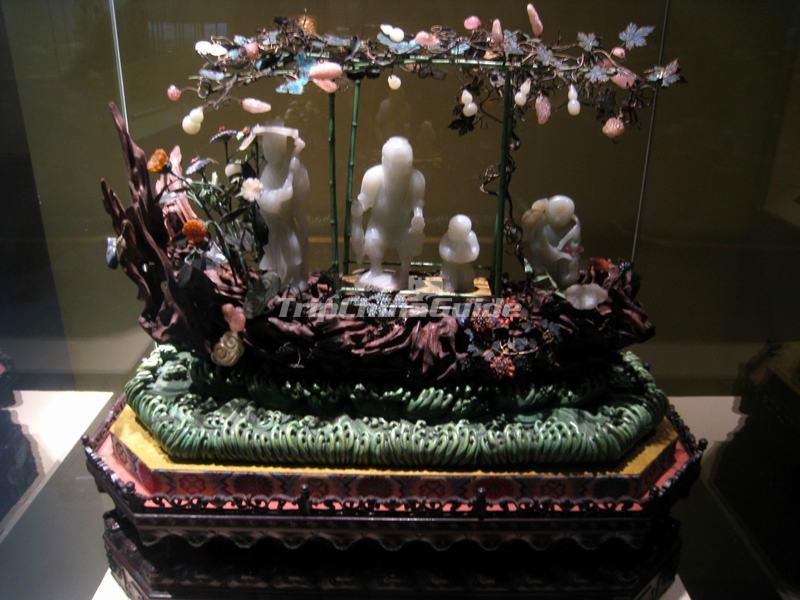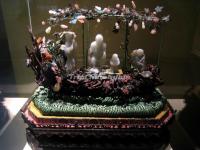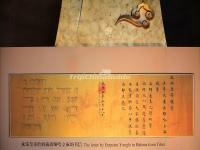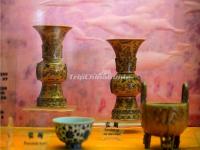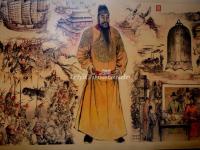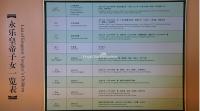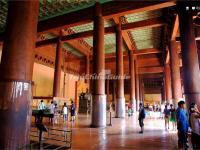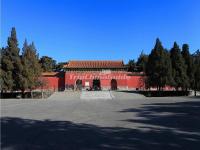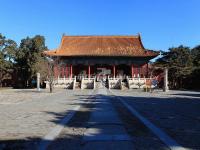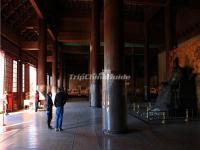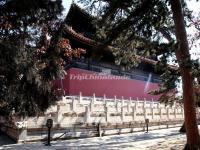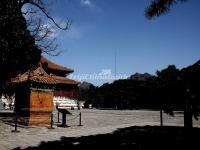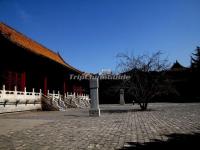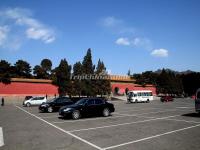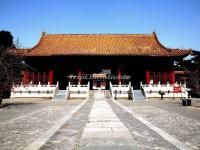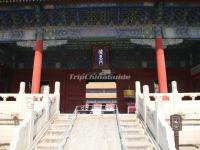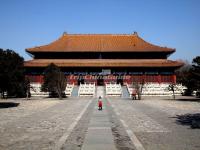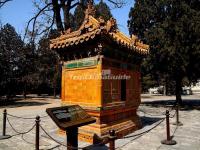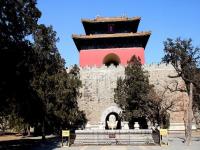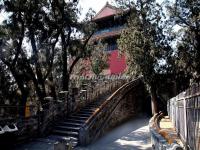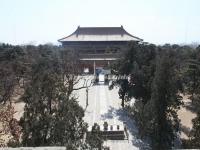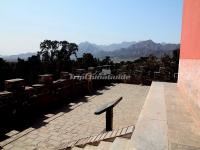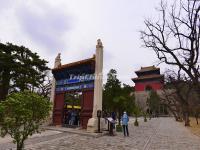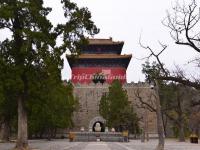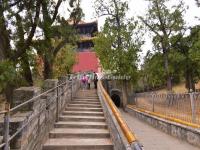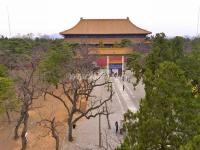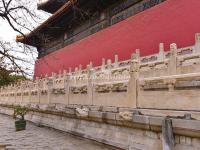Changling Tomb
Changling Tomb (Emperor Yongle's Tomb) is the joint burial mausoleum of Emperor Zhudi (1360-1424), the third emperor Yongle of the Ming Dynasty, and his empress Xu.
The main part of the mausoleum, the underground palace began in 1409 and was completed in 1427, occupying an area of about 12,000 square meters. The mausoleum, consisting of the underground palace (burial chamber) and above ground structures, is the largest in scale among the 13 mausoleums in Tianshou Mountain.
The main structures are as follows: Baocheng (Treasure Town, which has a diameter of 300 meters and consists of Baoding, the grave mound above the burial chamber, and Xuangong, the deep burial chamber), Minglou (Soul Tower), Ling’en Hall (Hall of Eminent Favor), Ling’en Gate, Langwu (the attached halls, 15 on either side), Sacred Kitchen (Kitchen for Cooking Sacrifice), Sacred Warehouse (place for temporary sacrifice storage), Livestock Slaughter Kiosk (place used to slay livestock: pig, ox, sheep), and Juju Hall (Dressing Hall for Emperor).
The mausoleum buildings have been repaired many times after the Ming Dynasty, so the main buildings have been preserved. Ling’en Hall and Ling’en Gate, made of Nanmu (a kind of rare hard wood), are the only remains of the hall-and-gate structures among the Ming Mausoleums, and deserve to be the treasure of ancient Chinese structure.







